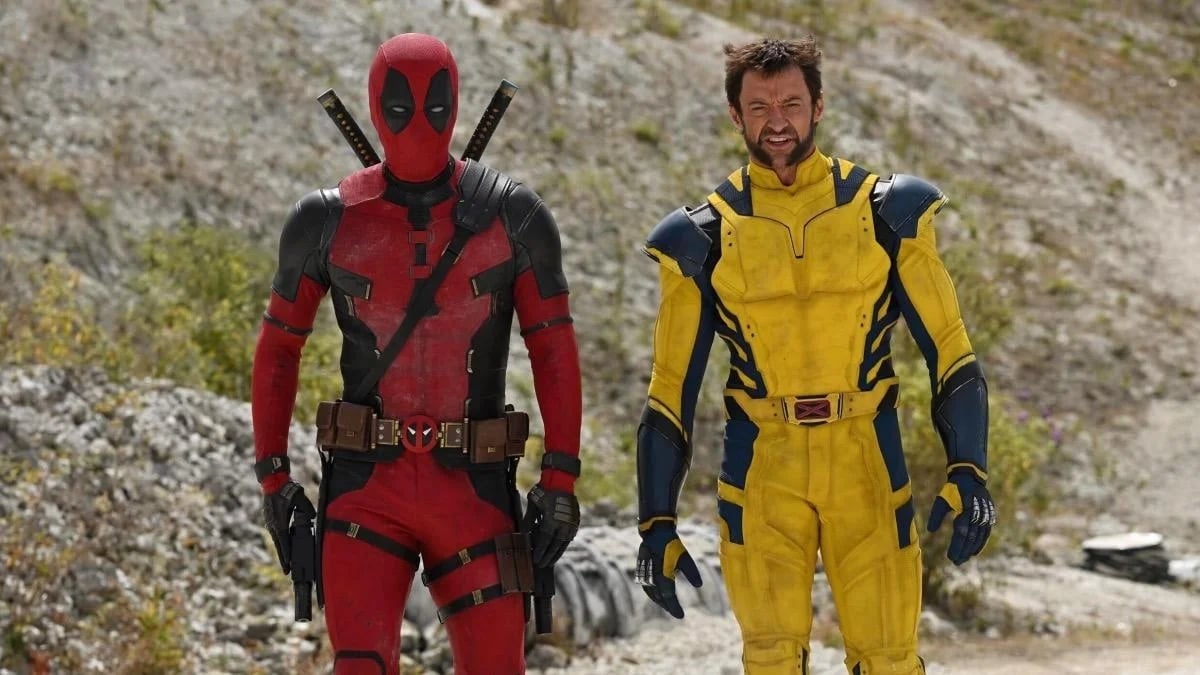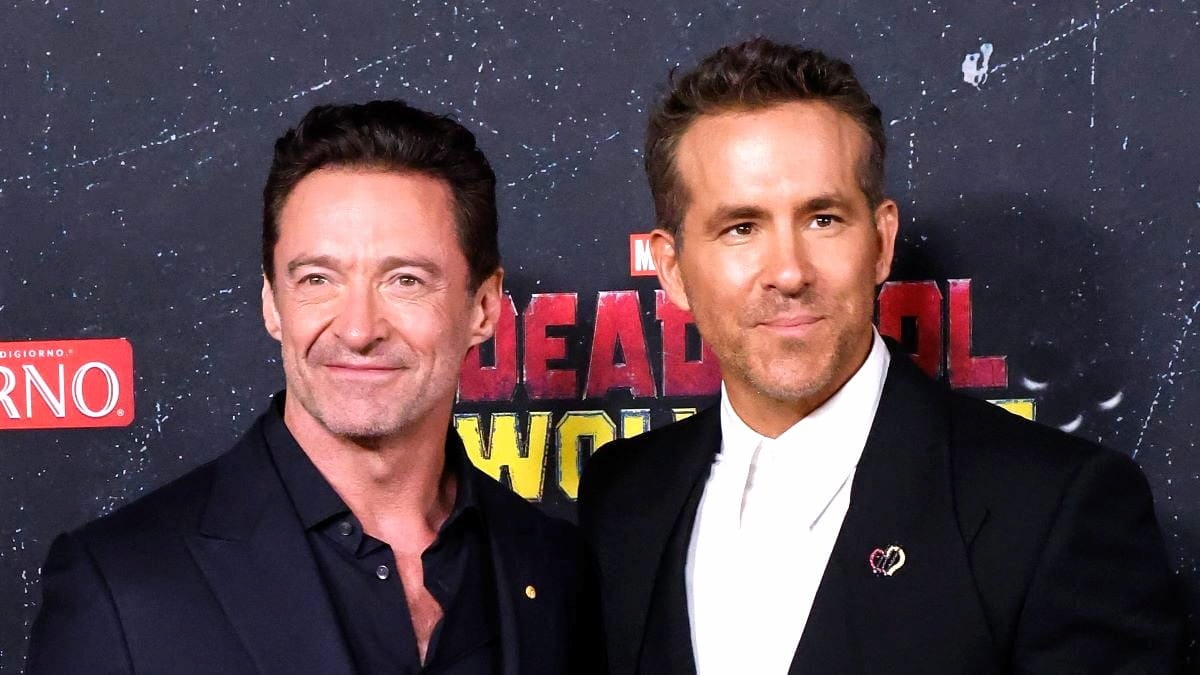
There are not many films made about kids like Nathan Ellis. Sure, the story of a young social outsider trying to break out of his shell is not a unique one (as I wrote about in my review for fellow TIFF selection Wet Bum), but Nathan is autistic and has a very deliberate way of doing things. For instance, he cannot order chicken balls from the local Chinese restaurant unless the number of balls he gets is a prime number. Besides his picky eating, Nathan gets distracted by noise and has a hard time working in a room with a ticking clock or other students tapping their fingers on a desk loudly. He fears handshakes, is unable to understand the social cues involved with that greeting gesture, and calms himself by saying the Fibonacci sequence out loud.
Few films focus on boys who can be coldly sincere, their personality almost hidden from view. In X + Y, the feature debut of BBC documentary filmmaker Morgan Matthews, the director and his star (Hugo’s Asa Butterfield) try hard to get into Nathan’s head. It is a tricky process that only sometimes works; nevertheless, X + Y defies the standard formula of the “whiz kid” competition films into something more thought-provoking.
In the opening voice-over, Nathan says that because he does not talk often, “people don’t think I have anything to say.” He would rather coop himself in his room and scribble down math equations and formulas in a notebook than speak to his mom, Julie (Sally Hawkins). Since he could no longer test at a primary school level, Nathan seeks the guidance of Martin Humphreys (Rafe Spall), a math genius who once tried out for the International Mathematics Olympiad. Nathan vies to land on Britain’s IMO team, but is unprepared for the social discomfort he will feel amidst a group of arrogant, know-it-all geniuses.
On Britain’s IMO squad, team supervisor Richard (a chipper Eddie Marsan) wants Nathan to stand out from the group and stand up for himself. However, as he tells the frightened teen, surrounded by others with similar intelligence, “you are painstakingly average.” Unfortunately for Matthews’ film, his protagonist’s withdrawn nature and unfeeling personality makes him a tough character to warm up to. It never becomes a huge issue, as Nathan’s development into opening up is a pivotal arc for the character, but for the first two thirds of the 111-minute film, Nathan’s journey to the Olympiad is much less interesting than the stories of periphery characters, such as his mom, his teacher and a smug student from the IMO, Luke (played by Jake Davies), who inflicts self-pain when other boys taunt him.
X + Y’s biggest strength is its performances. Butterfield puts all of his focus into portraying Nathan’s autism in an authentic way, without resorting to tics and nervous touches. Spall has a fiery wit as a teacher who hopes his tutelage will help secure his own ambitions as much as the student he is helping. With a limp from MS and a caustic wit spawned from substance abuse, his character proves a stellar match for a boy with Nathan’s social incompetence.
Spall shares strong chemistry with Butterfield as well as Hawkins. The Happy-Go-Lucky actor brings layers to the role of a widowed mother who tries her best to support her son but feels helpless due to his lack of warmth. A quiet scene of Julie sobbing in her car, after Nathan submits her to some unkind comments, is devastating. Hawkins’ Julie even tries to get Martin to teach her advanced maths, so that she has a route into getting her son to open up. (Of course, there is another reason for her seeking his tutelage.)
Meanwhile, another romantic subplot – this time, with a Chinese competitor in the Olympiad, the inviting Zhang Mei (Jo Yang, in her first film), works better than one would expect. Nathan blushes at her romantic gestures and the young actors share a sparkling chemistry. However, the film also hints that Zhang Mei may only be partaking in the competition to suit her uncle, the Chinese team supervisor. The stereotype of the Chinese as indubitably hard working and efficient, forcing their children to measure up to high expectations, feels a bit limiting and conventional, and does not serve Zhang Mei. She eventually becomes more of a catalyst to help Nathan express himself than a fully dimensional character.
Regardless, Matthews and screenwriter James Graham (also making a feature debut) eventually succeed in finding a route to visualize Nathan’s brilliant mind. They find a tender relationship between the boy and his late father, shown in flashback. These moments humanize the precocious kid, sharply contrasting his bitter attitude towards his mother. Matthews and Graham also position us in Nathan’s view, as the prodigy is overwhelmed by the streaks and prisms of color around him. (These moments occur in the striking markets of Taipei, where some of the film is set.) Meanwhile, there is a sense of order and patterning in X + Y’s aesthetic, which emphasizes the sameness of many desks or houses in a row, treating us to some of the same observations Nathan would make.
X + Y is most affecting when it shies away from the formula of the coming-of-age story. With such an authentic representation of autism and the competitive nature of the IMO, it is of little surprise that the British drama was inspired by one of Matthews’ BBC documentaries, Beautiful Young Minds. It is clear that the director has deep sympathy and understanding for Nathan’s struggle, as well as the plights of the other characters. Though it’s not without its flaws, the film is an honest depiction of autism and fitting in that inspires without laying on the schmaltz.








Published: Sep 8, 2014 10:41 am